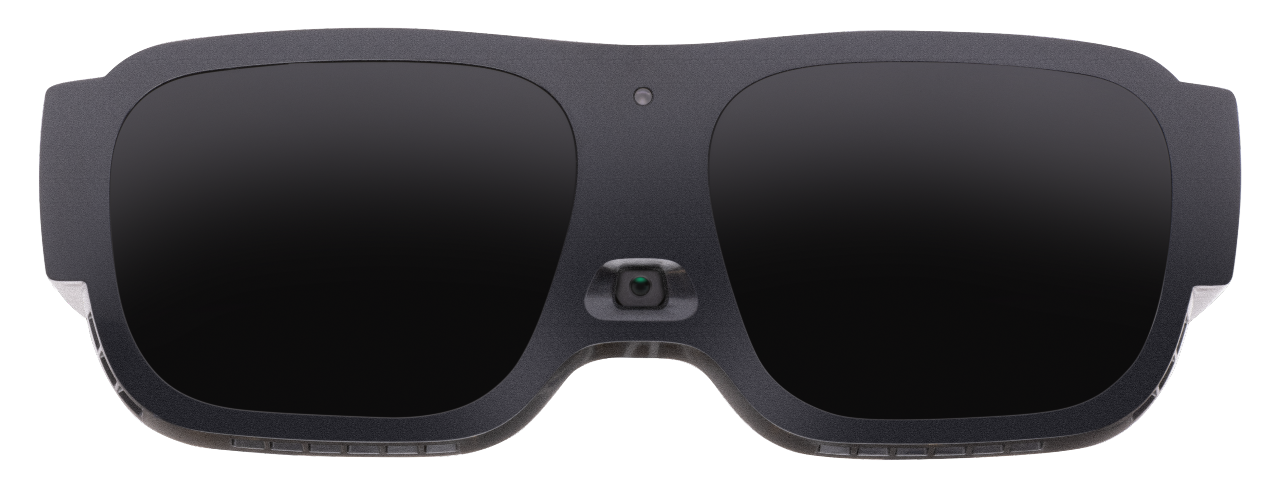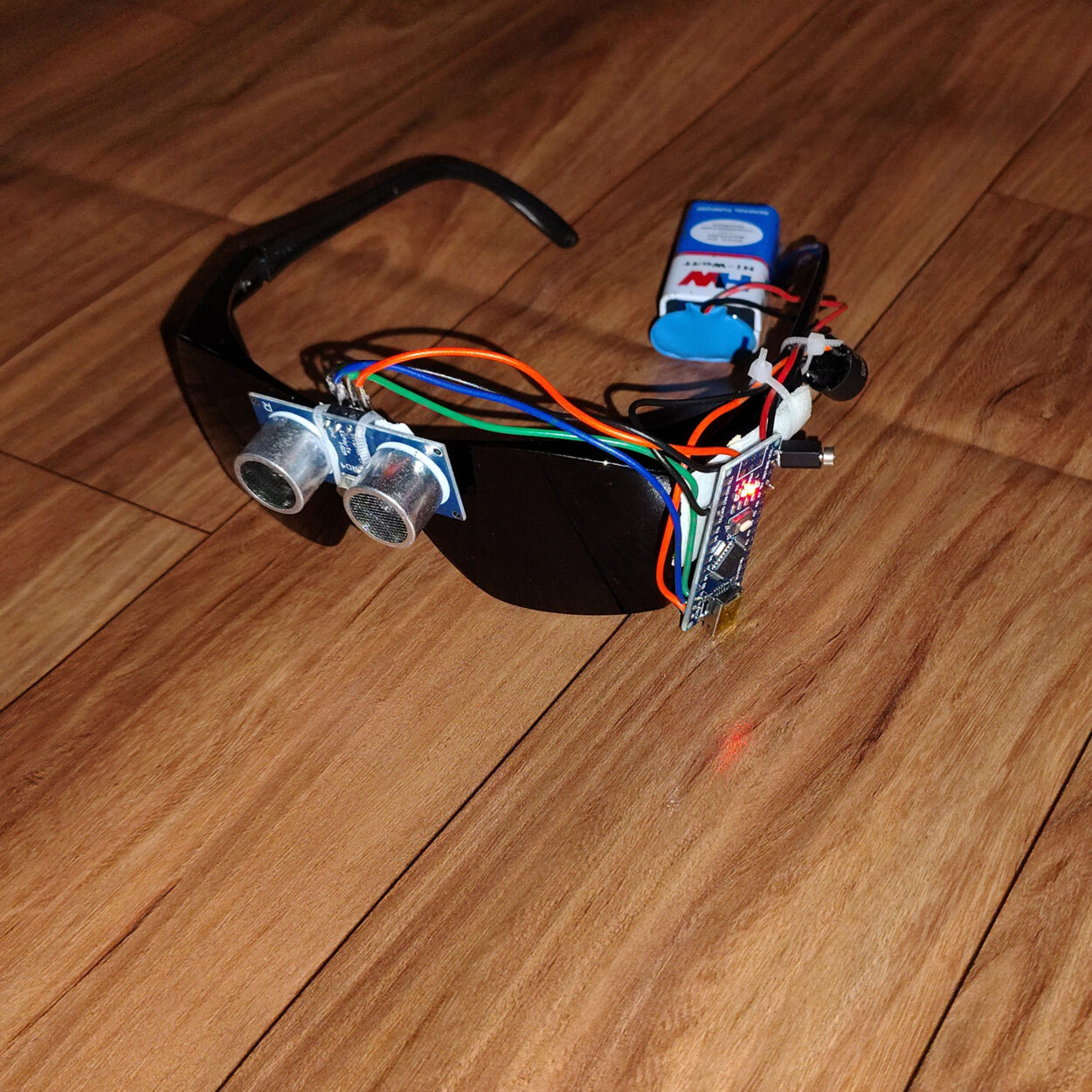Maximizing Efficiency with Screen Readers for the Blind: A Comprehensive Guide
Wiki Article
Empowering Self-reliance With Assistive Innovation for the Blind
The assimilation of assistive innovation for individuals that are blind or aesthetically damaged stands for a considerable development in fostering self-reliance and enhancing lifestyle. With a series of devices-- from screen viewers to cutting-edge responsive tools-- these innovations not just promote navigation and interaction however additionally advertise social inclusion and engagement in different aspects of life. As we discover the varied kinds of assistive devices and their real-world applications, it ends up being clear that the effect is extensive. Yet, the advancement of this modern technology raises important inquiries regarding availability and future advancements that call for more assessment. Assistive technology for the blind.Understanding Assistive Innovation
Although assistive modern technology has developed dramatically over the years, its essential function continues to be the exact same: to boost the lifestyle for people with impairments, specifically those that are aesthetically impaired or blind. This modern technology incorporates a wide array of tools and devices that help with freedom and capability in day-to-day activities.Assistive technology can be categorized into low-tech and modern solutions, each designed to fulfill particular requirements. Sophisticated tools frequently consist of software applications, specialized equipment, and flexible tools that make use of advanced modern technology to give assistance in various contexts. Alternatively, low-tech options may involve everyday things that are customized to improve access, such as magnifiers or tactile pens.
The combination of assistive technology into the lives of individuals who are blind or aesthetically impaired not just promotes autonomy but also fosters social inclusion and involvement in specialist and educational environments. By leveraging these innovations, users can navigate their environments, accessibility details, and connect successfully, thus boosting their general quality of life. Comprehending assistive innovation is critical for caregivers, supporters, and specialists who aim to support individuals in maximizing their prospective and achieving higher independence.
Kinds Of Assistive Devices
Assistive devices for the aesthetically damaged and blind are vital devices that boost daily obeying addressing details obstacles encountered by customers. These devices can be generally classified right into three main kinds: optical gadgets, electronic tools, and sensory tools.
Sensory devices, such as Braille displays and tactile maps, offer different ways to get details. Braille shows transform digital text right into Braille, allowing customers to check out touch. Responsive maps supply spatial understanding via elevated structures and lines, enabling for better ecological understanding.
With each other, these assistive tools encourage individuals with visual problems to engage more totally with their environments, advertising higher independence and confidence in everyday tasks.

Influence On Life
The combination of assistive innovation right into the day-to-day lives of individuals that are blind or aesthetically impaired significantly boosts their ability to connect and navigate with the globe around them. Tools such as display viewers, Braille shows, and mobile applications facilitate access to details, permitting users to engage with digital content, communicate properly, and handle daily tasks independently.Furthermore, modern technologies like smart glasses and navigating apps offer real-time support in strange environments, boosting flexibility and self-confidence. These devices allow individuals to determine obstacles, reviewed indications, and also identify faces, therefore fostering a sense of autonomy in public spaces. In addition, home automation systems, which can be managed through voice commands, enable individuals to handle their living settings much more efficiently, enhancing convenience and security.
The impact of assistive innovation prolongs past sensible tasks; it promotes social incorporation and emotional health. By connecting the void between people and their surroundings, these technologies empower users to get involved fully in area activities, seek academic possibilities, and participate in meaningful partnerships. Ultimately, the advancement of assistive modern technology is instrumental in redefining the possibilities for people who are visually impaired or blind, causing a much more available and inclusive society.
Success Stories and Testimonials

Another effective testimony originates from Mark, a recent college grad that utilized screen analysis software throughout his academic trip. This modern technology allowed him to accessibility course materials and take part in conversations, eventually leading to his effective transition right into the labor force. Mark credit ratings assistive technology for encouraging him to accomplish his profession goals, stressing its duty in leveling the having fun area for individuals with visual problems.
In addition, recreation center have actually reported increased involvement in their programs many thanks to the introduction of easily accessible electronic platforms. These systems have actually made it less complicated for individuals to link, share sources, and assistance one another. These success stories collectively highlight the profound impact of assistive modern technology in promoting freedom, improving high quality of life, and damaging down barriers for the blind and aesthetically damaged neighborhood.
Future Patterns in Assistive Tech
Emerging technologies are poised to change the landscape of assistive technology for people that are visually damaged or blind. Innovations in expert system (AI) and artificial intelligence are improving the capacities of tools, making it possible for even more intuitive individual experiences. As an example, AI-driven applications are increasingly able to identify things and check out message out loud in real-time, supplying individuals with useful information about their environments.Additionally, innovations in wearable technology are creating new possibilities for independence. Smart glasses geared up with increased truth features can overlay crucial information onto the customer's field of vision, facilitating navigation and communication with the environment. The integration of Net of Things (IoT) tools is enhancing accessibility in clever homes, enabling individuals to regulate appliances and obtain alerts via voice commands or tactile interfaces.
The growth of braille Wearable technology for low vision displays and tactile comments systems is likewise growing, advertising accessibility to electronic material and boosting interaction. As these modern technologies proceed to develop, they promise to boost daily living, instructional opportunities, and work prospects for people with aesthetic impairments. Continual collaboration between engineers, customers, and campaigning for teams will be important in ensuring these innovations meet the demands of the community successfully.
Verdict
Finally, assistive innovation plays a critical role in boosting the self-reliance of individuals that are blind or visually damaged. By supplying essential tools and sources, these technologies facilitate boosted navigating, interaction, and access to details, thereby cultivating autonomy and confidence. The transformative influence of assistive gadgets not just advertises efficient interaction with the setting however additionally motivates social inclusion and engagement in various aspects of life, ultimately encouraging users to prosper within their neighborhoods.The assimilation of assistive technology for people that are visually impaired or blind represents a considerable innovation in promoting freedom and improving top quality of life.The combination of assistive modern technology right into the lives of people who are blind or visually harmed not only promotes autonomy however likewise promotes social inclusion and participation in professional and academic settings. Inevitably, the advancement of assistive technology is important in redefining the possibilities for individuals that are blind or aesthetically damaged, leading to an extra comprehensive and available society.
Several individuals that are blind or visually impaired have shared motivating success tales that highlight the transformative effect of assistive modern technology on their lives.In conclusion, assistive modern technology plays a critical function in enhancing the independence of people that are visually damaged or blind.
Report this wiki page